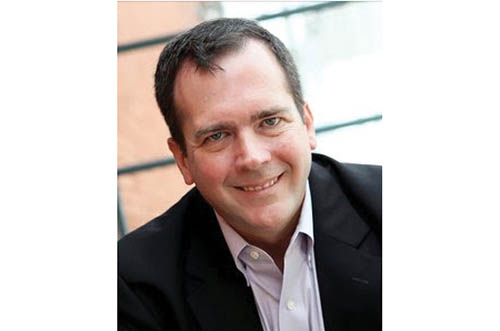— By Tom Roberts —
How energy efficiency measures can help mitigate the risk of rising energy costs.
As many retailers and restaurants are feeling the impact of rising inflation, increasing labor costs and other supply chain challenges, making any reduction in energy costs can be an immensely helpful step toward better budget management.
But, reducing your organization’s energy spend isn’t the only reason to be concerned with improving energy efficiency. In fact, organizations with sustainability goals should consider efficiency efforts as the first step in their carbon reduction journey. After all, using less energy is the simplest way to reduce your carbon footprint.

Like most important and strategic initiatives, improving efficiency takes time as well as input from a few key players within the facility business. But once you have a plan in place, these practices can almost immediately help you lower your facility’s consumption, as well as your energy bills.
Regardless of your facility size, existing sustainability goals, or available resources, it’s best to start with the following strategic roadmap. These three steps have proven to set facility businesses up for success when creating an energy efficiency plan.
Step 1: Invite the right people into the conversation
When focusing on improving your business’s energy efficiency, it’s beneficial to leverage both internal and external resources.
At a minimum, you’ll need to gather the right internal team members. While your operations and maintenance teams may have insight into your energy usage, they’re not typically the ones seeing and paying your energy bills. You’re most likely to have success implementing energy efficiency efforts and controlling costs when operations, maintenance, finance and accounting teams all work together.
Consulting with an outside expert in managing and analyzing energy data can also be especially helpful for facility organizations with small teams or fewer internal resources. While reviewing and analyzing your business data, this consultant can also provide insights into the current energy market landscape and what’s likely to come. Having a third-party resource evaluate your energy usage can validate assumptions or provide direction for new efficiency and cost-saving opportunities.
Step 2: Establish a benchmark for your energy usage and start tracking this data
To improve energy efficiency, you must first benchmark your usage.
With an understanding of where your operations are today, you can figure out when and how you’re using energy and the impact on your energy costs.
After your energy review with internal and external experts, a monitoring program can be implemented to help identify opportunities in real-time for efficiency improvements, as well as benchmark and compare usage before improvements and verify the impact of these improvements. This allows your facility team to make decisions faster and keep a close eye on the changes you’re implementing.
Step 3: Get to know your energy bill
Did you know that about half of your energy bill is driven by your energy demand? Demand is the measurement of your largest interval of power used during the billing period. Consumption, on the other hand, is a measurement of the total quantity of power you used during the billing period.

The demand your facility is billed for is the peak amount of power used at any one time during your billing period. It’s important to note that you are not charged for demand during the times when you’re using less than the peak amount. Understanding the correlation and impact of both your demand and your consumption can make a big difference in efficiency efforts.
Energy efficiency efforts help save restaurant and retail organizations money by lowering the demand required to run a facility. In turn, being able to flex your energy load through efficiency solutions is one of the simplest ways to reduce your energy spend.
Reviewing a year’s worth of interval meter data is key to identifying if the peak demand you’re being billed for happens often. If your facility organization’s peak demand is infrequent, you can work with your operations and maintenance teams to determine which processes are causing this demand.
Remember: Whether the goal is purely to cut costs or tied to a broader sustainability initiative, energy efficiency efforts benefit every business, especially as energy costs rise.
— Tom Roberts is senior manager, sync, commercial solar, at IGS Energy, the third-largest energy retailer in the U.S. For more information, visit www.igs.com.

